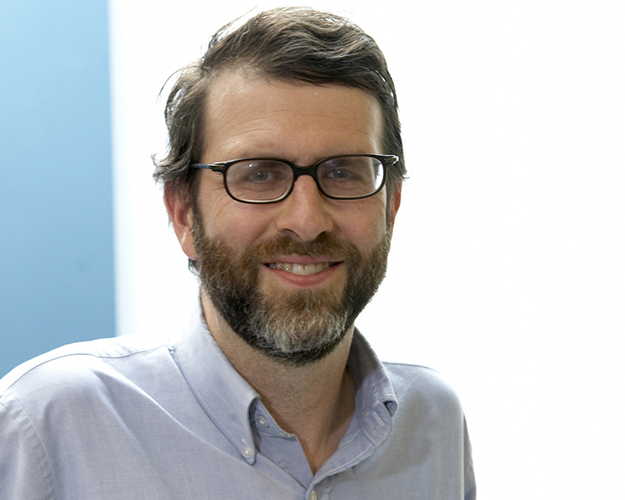Research stresses the importance of ‘test and treat’ HIV strategy

Jonathan Dushoff, associate professor of biology at McMaster, served as senior author on a remarkable new study, 'Extra-couple HIV transmission in Sub-Saharan Africa: a mathematical modelling study of survey data.'
A new study involving a McMaster researcher calls for an aggressive “test and treat” approach to HIV-positive individuals in Africa. The study measures the importance of different routes of transmission in 18 African countries and regions.
“By investigating what can be learned about routes of heterosexual transmission in Sub-Saharan Africa from large-scale survey data, we found that pre-couple, within-couple and extra-couple transmission are all important,” says Jonathan Dushoff, associate professor of biology at McMaster, and senior author on the study – recently released online by the journal Lancet.
Using a mathematical framework, the research provides evidence that effective public health approaches against HIV should take a broad, population-based approach. The study was led by Steve Bellan, a postdoctoral researcher at the University of Texas. The World Health Organization now recommends that a “test and treat” strategy be given to all HIV-positive individuals who are in a relationship with HIV-negative partners.
“Incredible progress has been made in preventing HIV transmission, and researchers are continuing to make major discoveries,” says Bellan.
Dushoff elaborates: “Our goal was to quantify the amount of transmission that occurs through various routes, and increase the amount of specific information available to policy makers deciding how to allocate resources to various prevention strategies.”
To conduct their study, researchers constructed a mathematical model of demographic and health survey data from more than 27,000 couples in 18 countries across sub-Saharan Africa to better assess new infections caused by extra-couple transmission. The group used information on relationship length and timing, how long partners were sexually active before entering their current relationship and couples’ testing results to infer the risks of transmission through different routes.
The researchers used these inferences to estimate what proportion of HIV transmission occurred. Understanding the importance of different transmission routes is crucial to target intervention efforts.
“Everyone lies about sex,” says Dushoff. “We wanted to rely on answers to questions that people are likely to answer accurately.”
“To efficiently address the HIV epidemic, health policies should not only focus on couples where one partner is HIV-positive, but should reach out to all sexually active individuals,” adds Bellan.
According to the World Health Organization, 2.5 million people were newly infected with HIV in 2011, and an estimated 1.7 million people died. However, because of new prevention strategies, there were 700,000 fewer new infections worldwide compared to 10 years ago, and 600,000 fewer deaths than in 2005.
